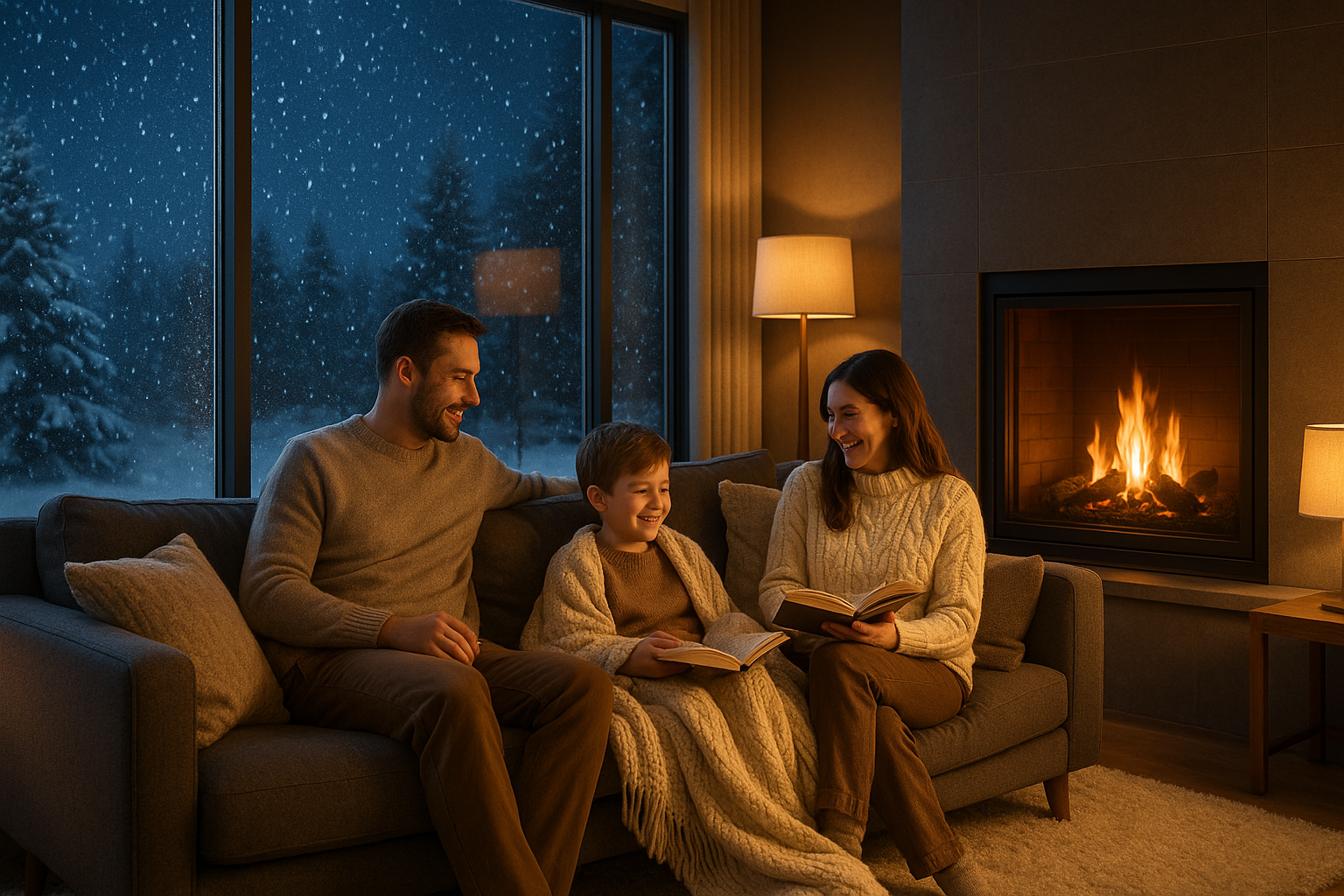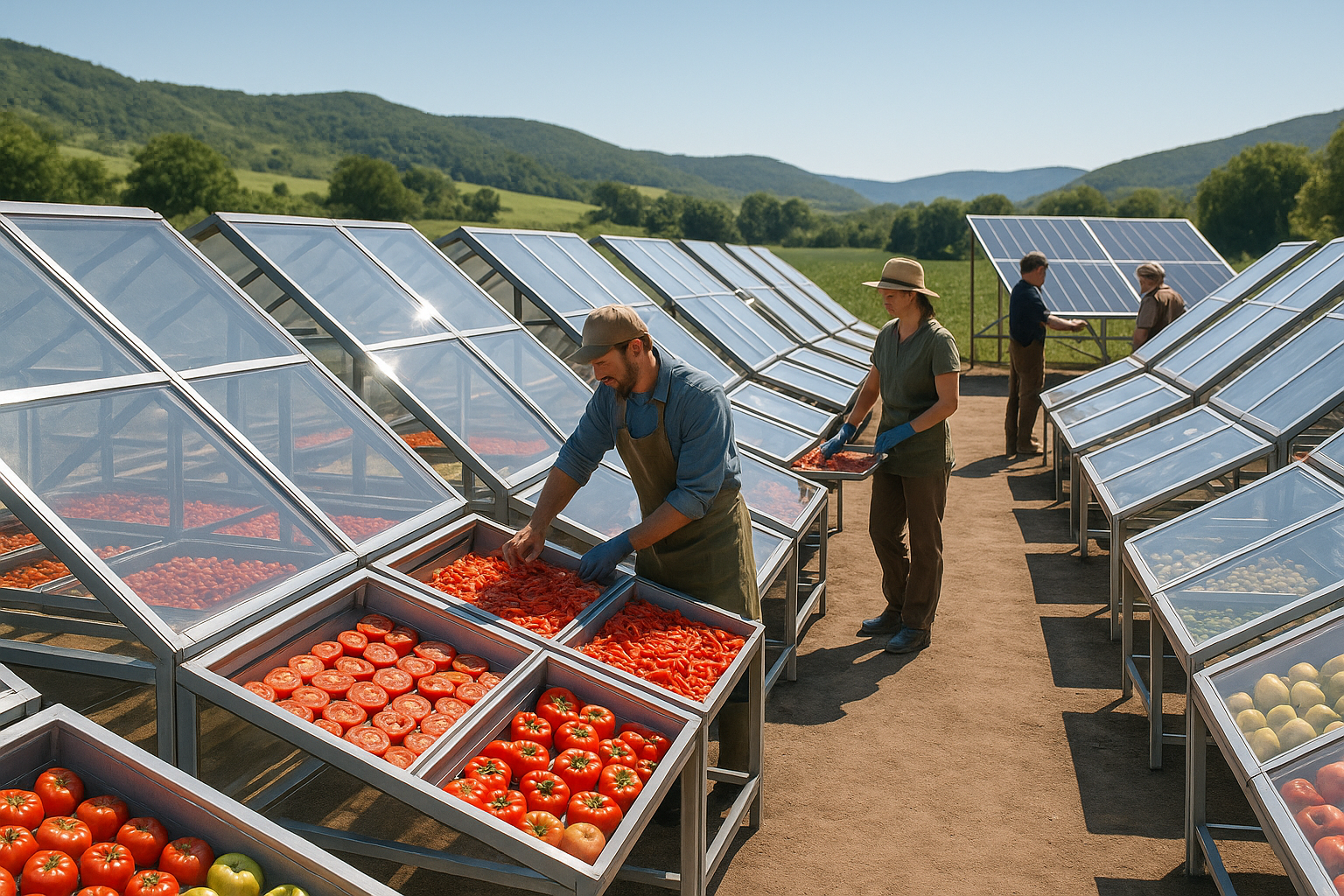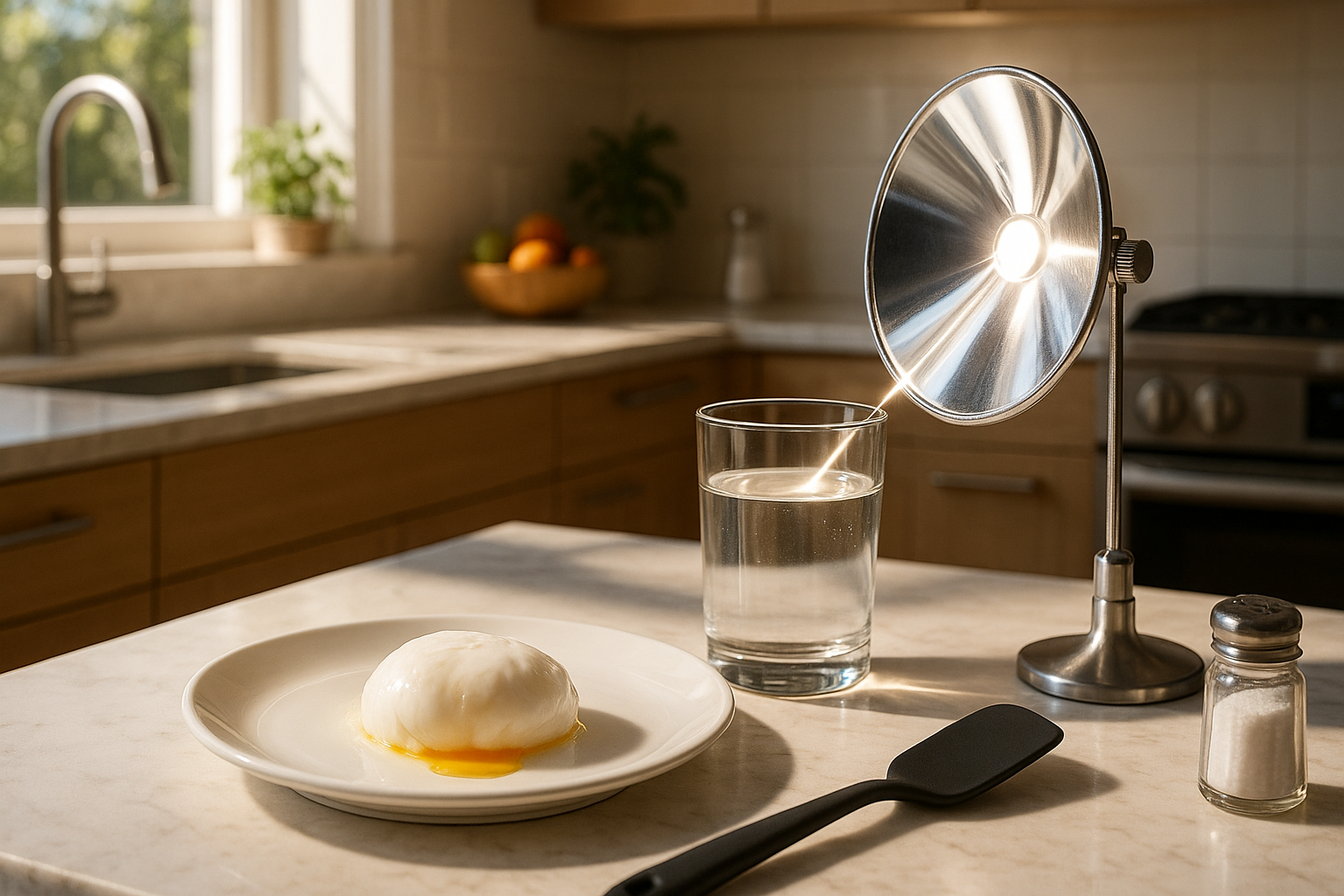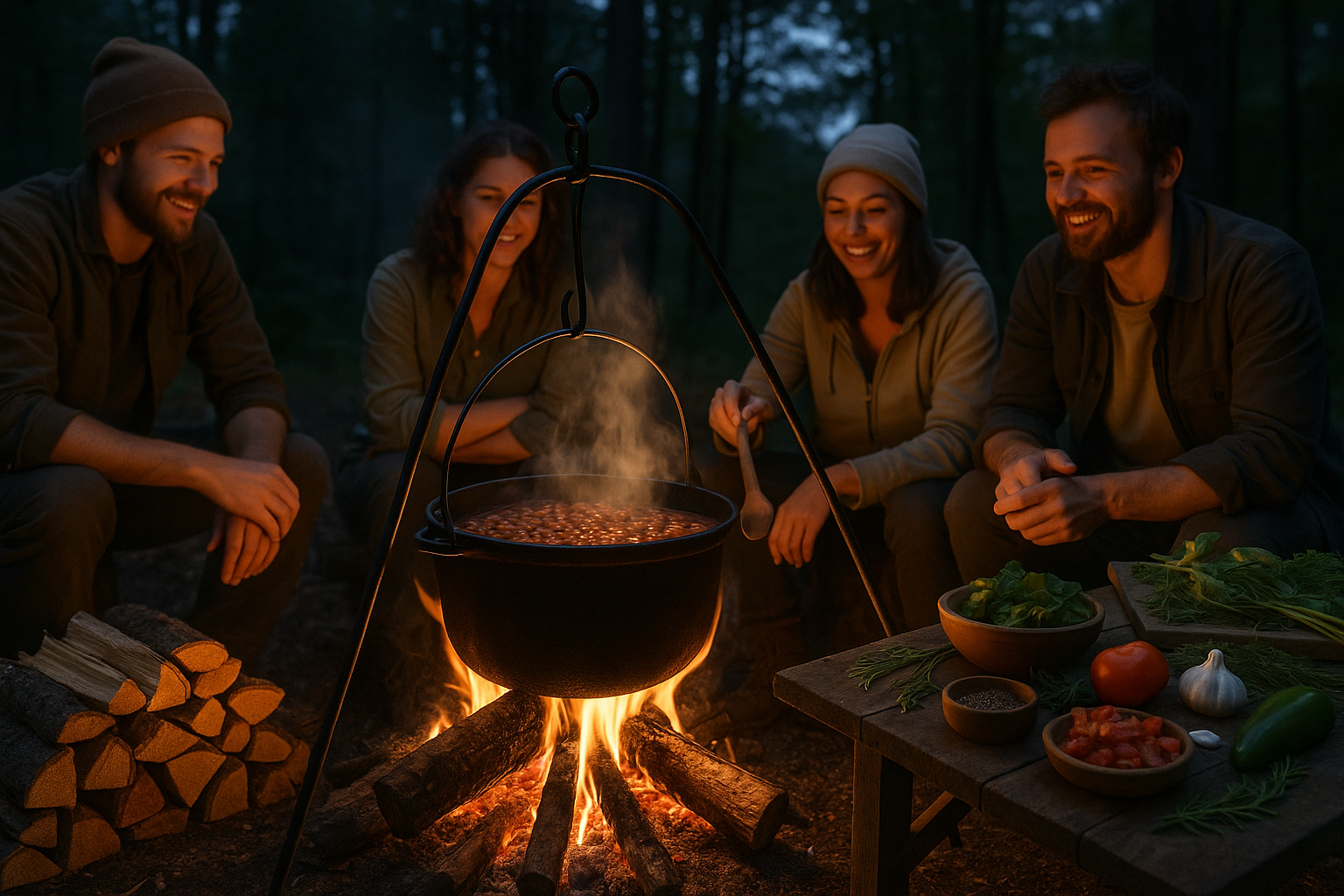As the chill of winter settles in and the days grow shorter, the comfort of a warm and cozy home becomes more than just a luxury—it’s a necessity. Imagine settling into your favorite chair with a steaming cup of tea, feeling the gentle warmth enveloping your surroundings, while the world outside is wrapped in a crisp, frosty layer. But how can we capture this perfect, inviting warmth without relying solely on energy-consuming heating systems? 🌡️
The answer lies in an often overlooked but incredibly effective material: glass. Yes, glass! This versatile material, commonly associated with windows, has the potential to significantly enhance the heat retention capabilities of your home, providing an eco-friendly and cost-effective solution to keep the cold at bay.
In this article, we’ll explore the myriad ways in which glass can be used to improve your home’s insulation and warmth. From advanced glazing techniques to innovative architectural designs, glass is stepping into the spotlight as a key player in sustainable home heating solutions. Let’s dive into the science behind glass’s ability to retain heat, and how you can harness this power to create a warm and inviting living space.
Firstly, we will unravel the mystery of heat retention. How does it work, and why is glass such a crucial component in this process? Understanding the physics behind heat transfer will provide you with insights into why glass is not just a passive element in your home’s design, but an active participant in energy efficiency. 🌍
Next, we will delve into the types of glass that are most effective for keeping your home warm. Not all glass is created equal, and selecting the right kind can make a significant difference in your heating bills and comfort levels. We’ll discuss the advantages of double glazing, low-emissivity (Low-E) coatings, and other technological advancements that enhance glass’s thermal performance.
Moreover, we’ll look at the architectural possibilities that glass presents. Modern design trends have embraced glass not just for its functional benefits, but also for its aesthetic appeal. From floor-to-ceiling windows that flood your home with natural light, to strategically placed skylights, we’ll explore how to integrate glass into your home’s design without sacrificing warmth.
We’ll also address common concerns and misconceptions about using glass for heat retention. Isn’t glass fragile? Doesn’t it lead to higher energy loss? We’ll tackle these questions head-on, providing evidence-based answers and solutions to ensure that glass can be a trusted ally in your quest for a warmer home.
Finally, this article will guide you through practical steps and considerations for implementing glass-based solutions in your own home. Whether you’re building from scratch, renovating, or simply looking to make small improvements, we’ll provide actionable advice to help you unleash the full potential of glass as a heat-retaining powerhouse.
By the end of this article, you will not only understand the transformative power of glass in keeping your home warm and cozy, but you’ll also be inspired to take action. Embrace the elegance and efficiency of glass, and turn your living space into a sanctuary of warmth this winter. 🔥 Stay with us as we embark on this enlightening journey to discover how something as simple as glass can make a world of difference in your home.

Conclusion: Embrace the Warmth and Efficiency of Glass
In conclusion, harnessing the power of heat retention through glass is not just a matter of comfort but also a step towards sustainability and energy efficiency. Throughout this discussion, we have delved into various aspects that make glass an outstanding choice for keeping your home warm and cozy. From the science behind heat retention to the variety of glass types available, each section highlighted the critical role that glass plays in modern home insulation.
We explored how insulating glass can drastically reduce energy consumption, leading to lower utility bills and a reduced carbon footprint. The importance of choosing the right glass for your climate and home design was also emphasized, showcasing how energy-efficient windows contribute to the overall thermal performance of your home.
Beyond functionality, glass offers aesthetic benefits, allowing natural light to flood your living spaces while maintaining warmth. This dual advantage not only enhances your home’s ambiance but also supports mental well-being by providing a connection to the outdoors. 🌞
Moreover, the advent of smart glass technologies provides homeowners with even more control over their environments, adapting to changing temperatures and optimizing energy use throughout the year. The innovation in this field is rapidly advancing, making it an exciting area to watch and invest in for future home improvements.
The topic of heat retention through glass is more than just a practical consideration; it is an invitation to think critically about how we live and interact with our environments. By making informed choices, we can enjoy the cozy warmth of our homes while contributing positively to environmental conservation efforts.
We encourage you to apply what you’ve learned here, whether you’re considering a home renovation, building from scratch, or simply looking to make small improvements. Share your experiences and thoughts in the comments below, and let’s continue the conversation on how to make our homes more comfortable and sustainable. 💬
If you found this information valuable, please share it with others who might benefit from it. Together, we can inspire a movement towards more energy-efficient living. 🔗
Thank you for joining us on this journey to discover the benefits of glass for home insulation. We hope you feel inspired to unleash the power of heat retention in your own space!
Please feel free to expand on this text or modify it according to your specific needs or insights from your article.




